Tram Road
also known as Road to Helispot
The trail you are on, Aucilla Tram Road, has seen thousands of board feet of cypress timber pulled from the distant swampy land. Bridges have been replaced but the road still runs as straight as possible. See the History of Tram Road below for a very interesting description of the logging operation.
You can hike or cycle this road 7.5 miles straight back to the Pinhook bridge. Several hundred yards down the road and off to the right is a helicopter landing pad used by the Fish and Wildlife Service mainly by the fire crews during controlled burns.
Continuing down the road there are trails leading to Stoney Bayou 1 and Stoney Bayou 2. You can also connect with the Florida Trail.

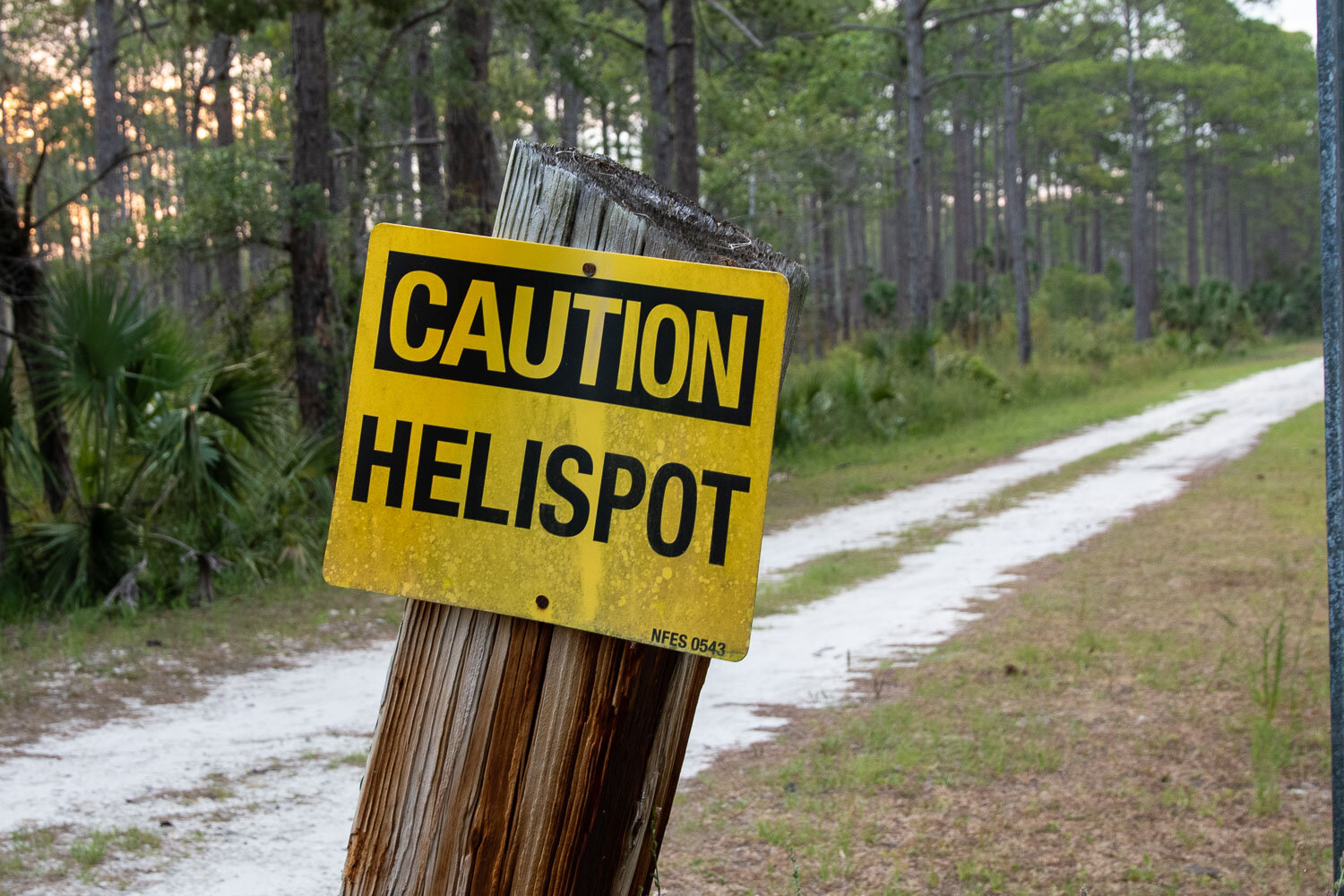
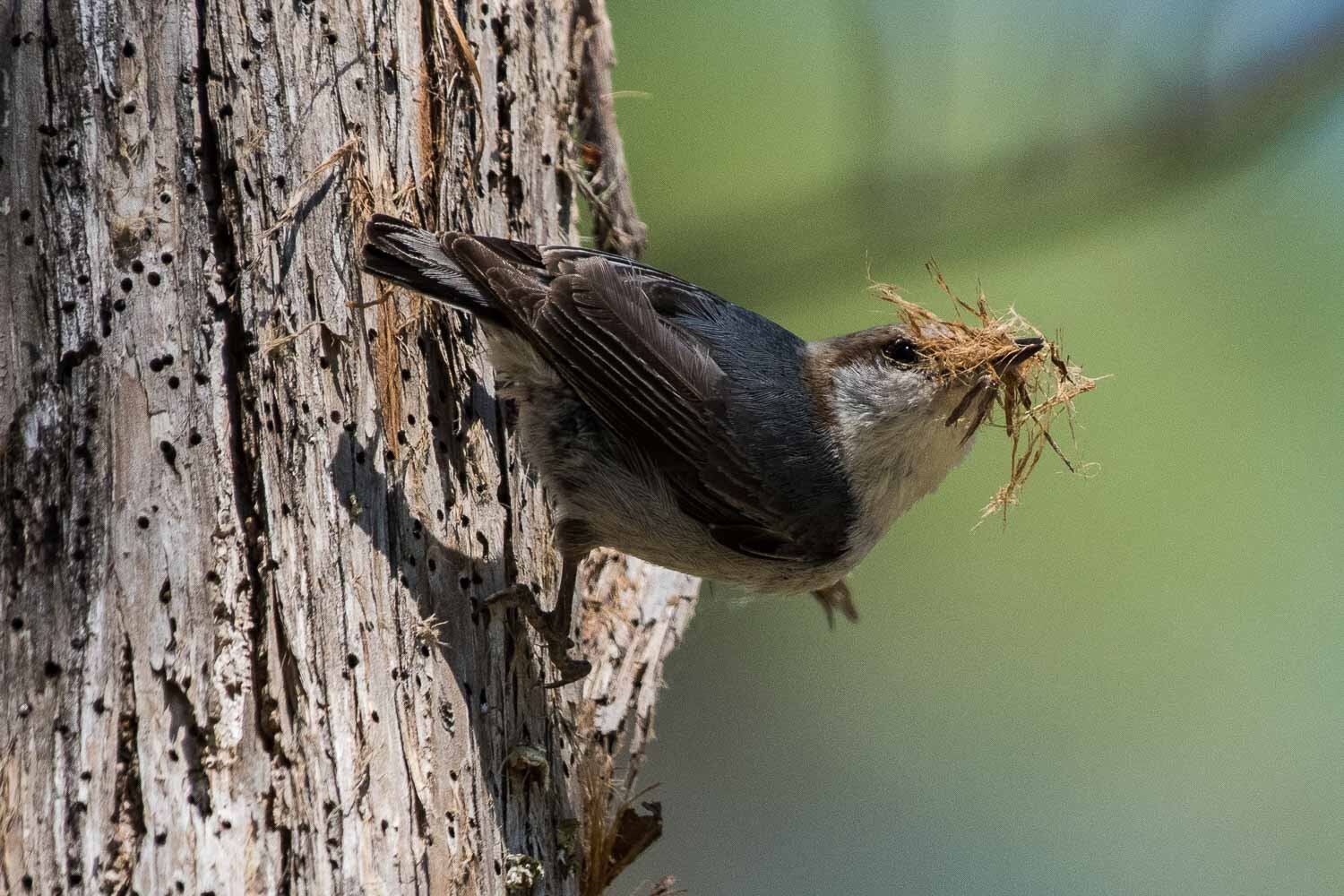
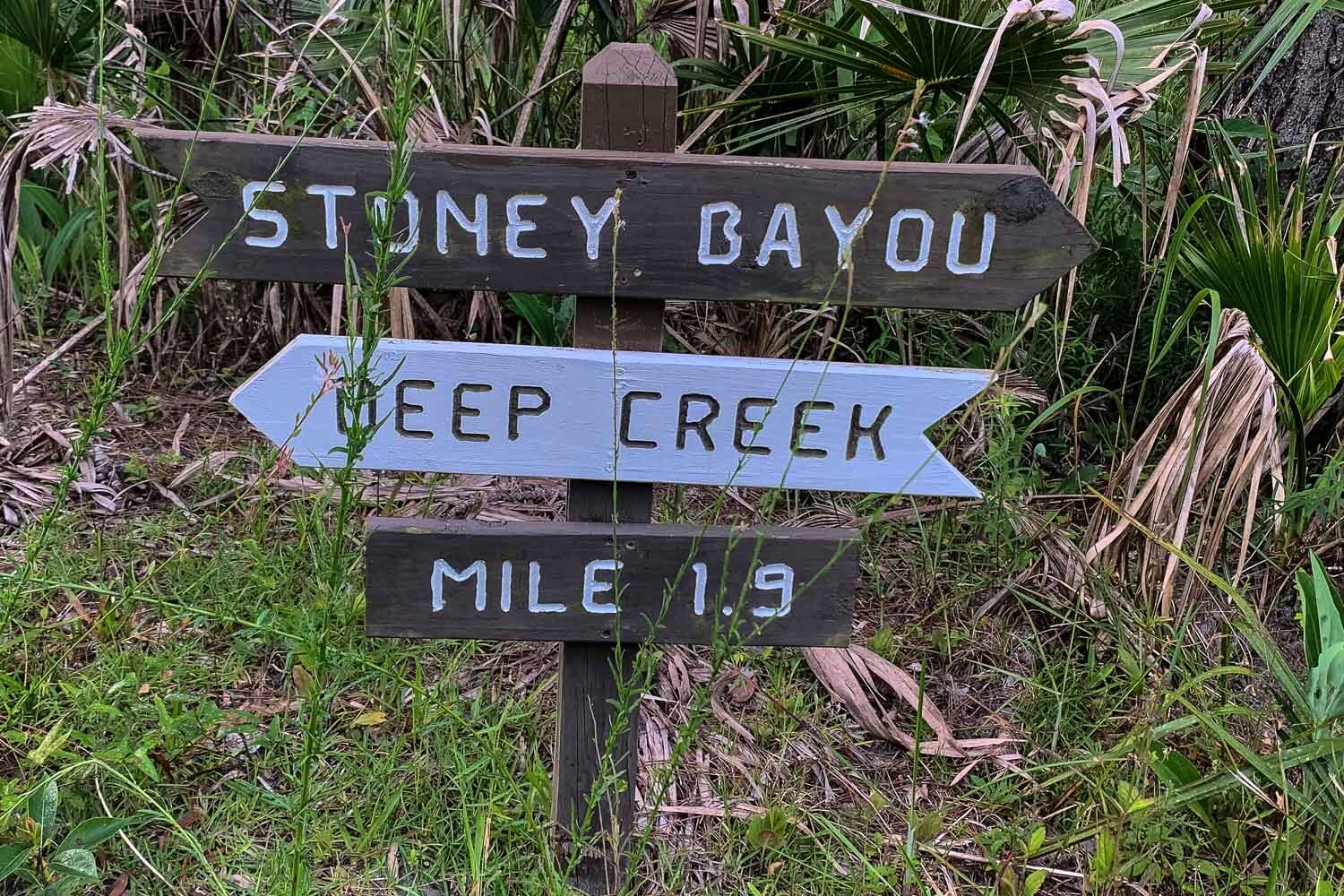
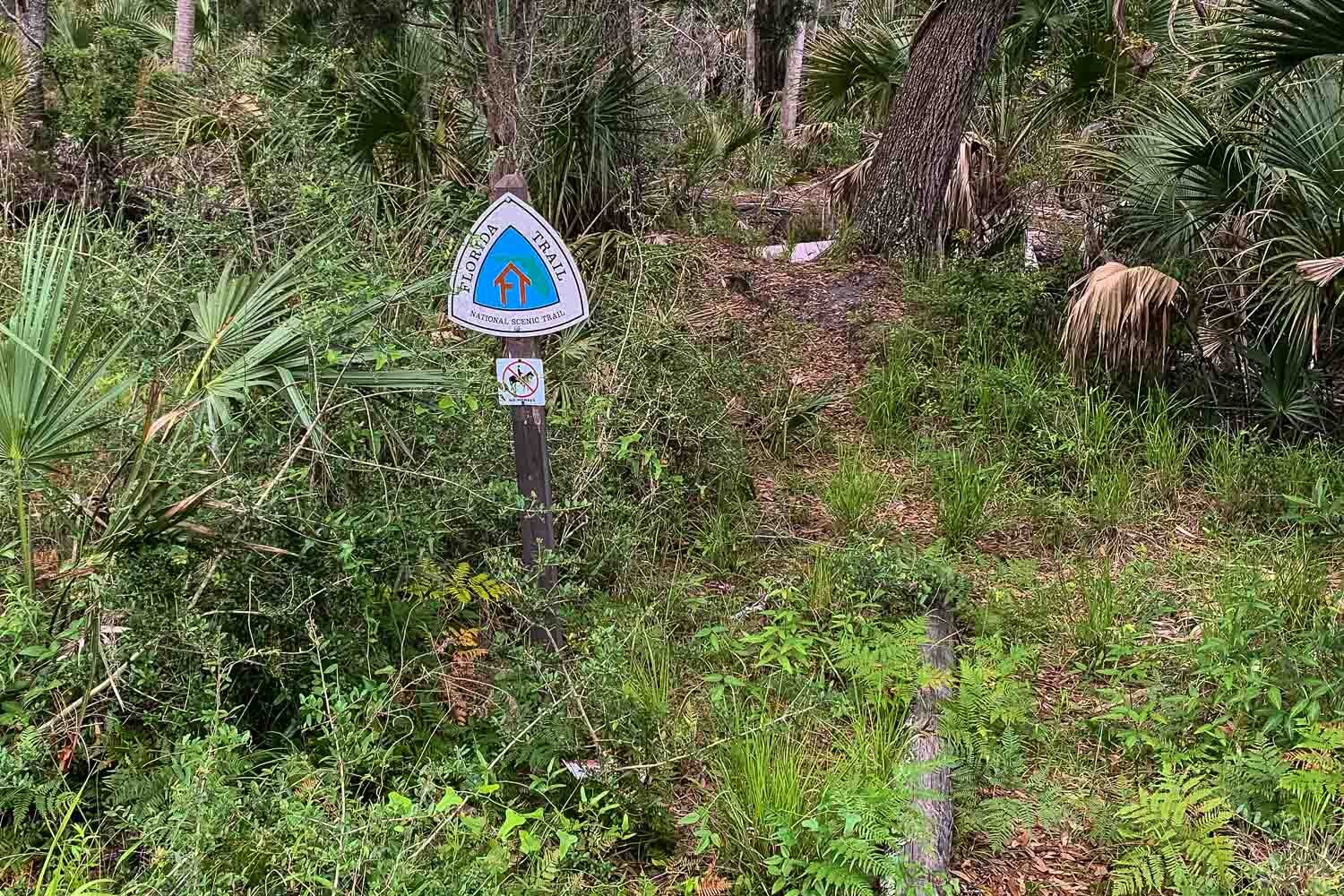
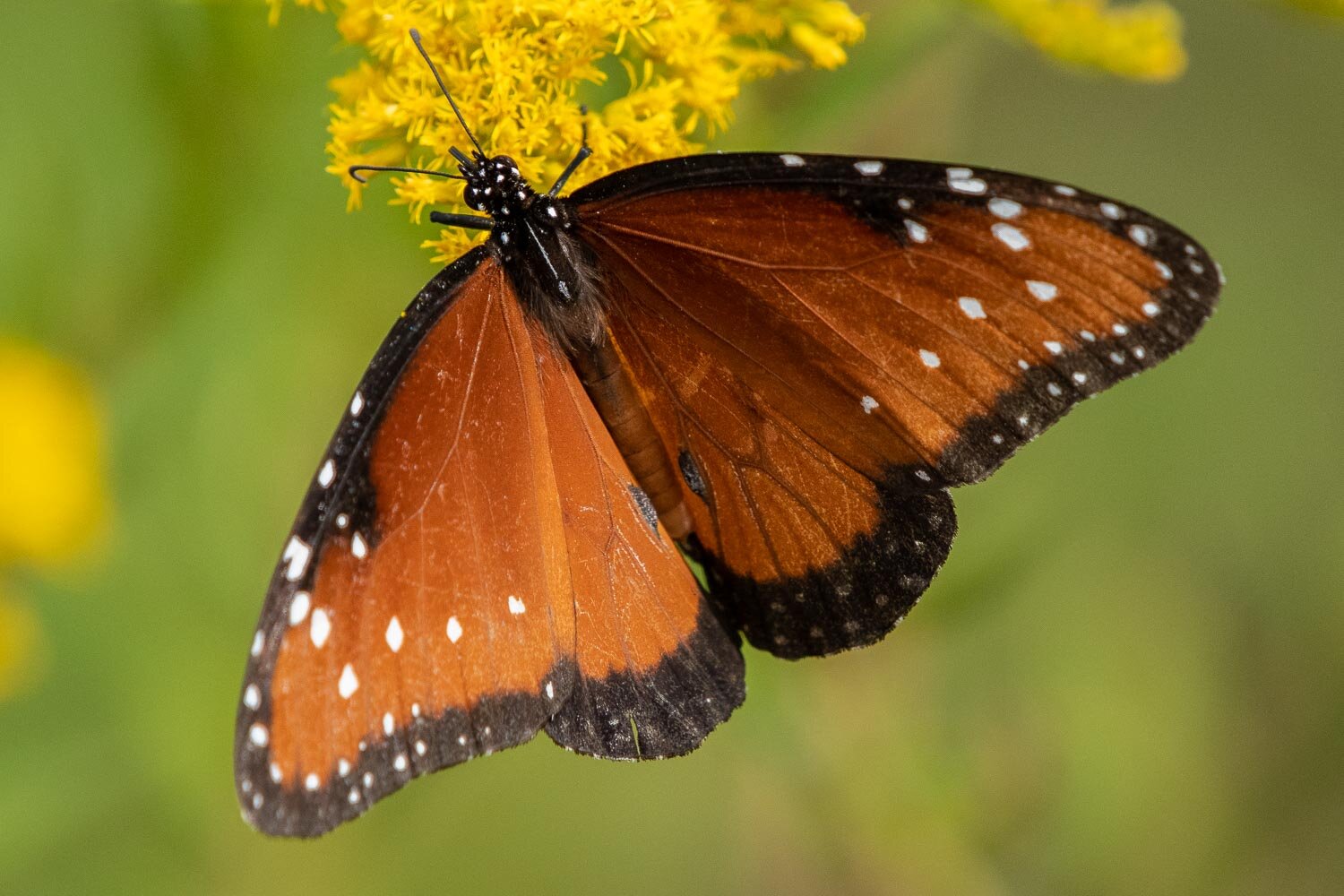
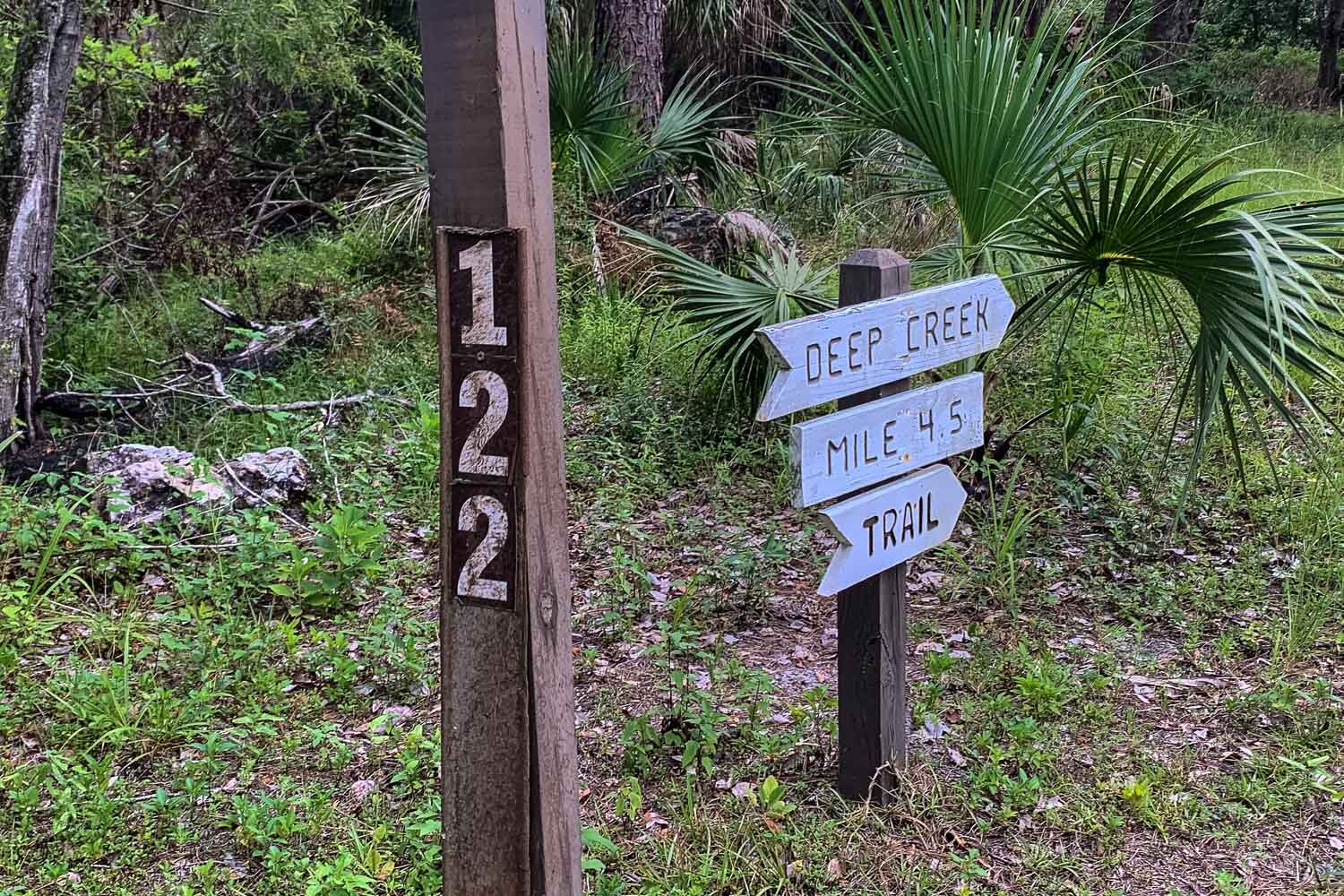


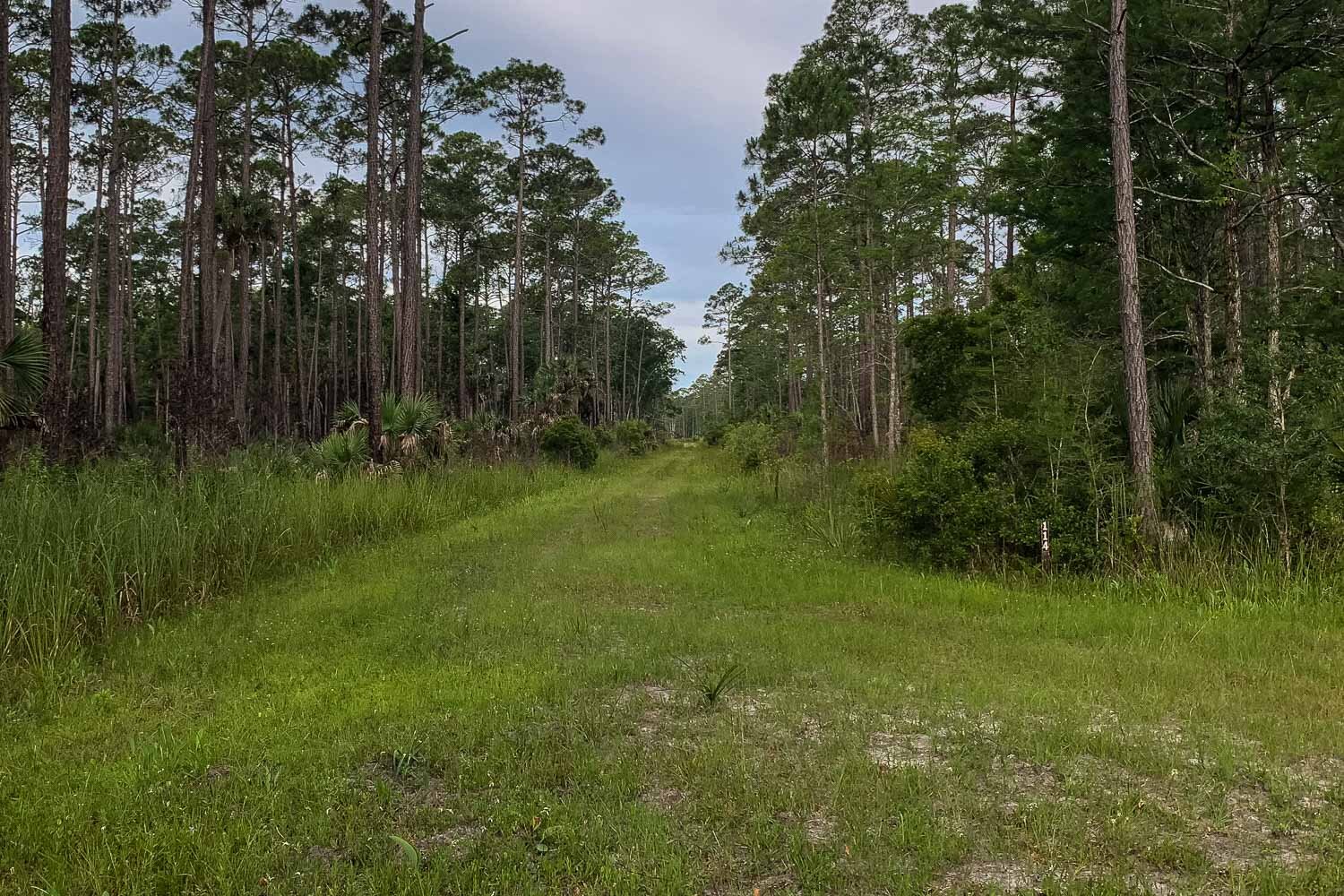
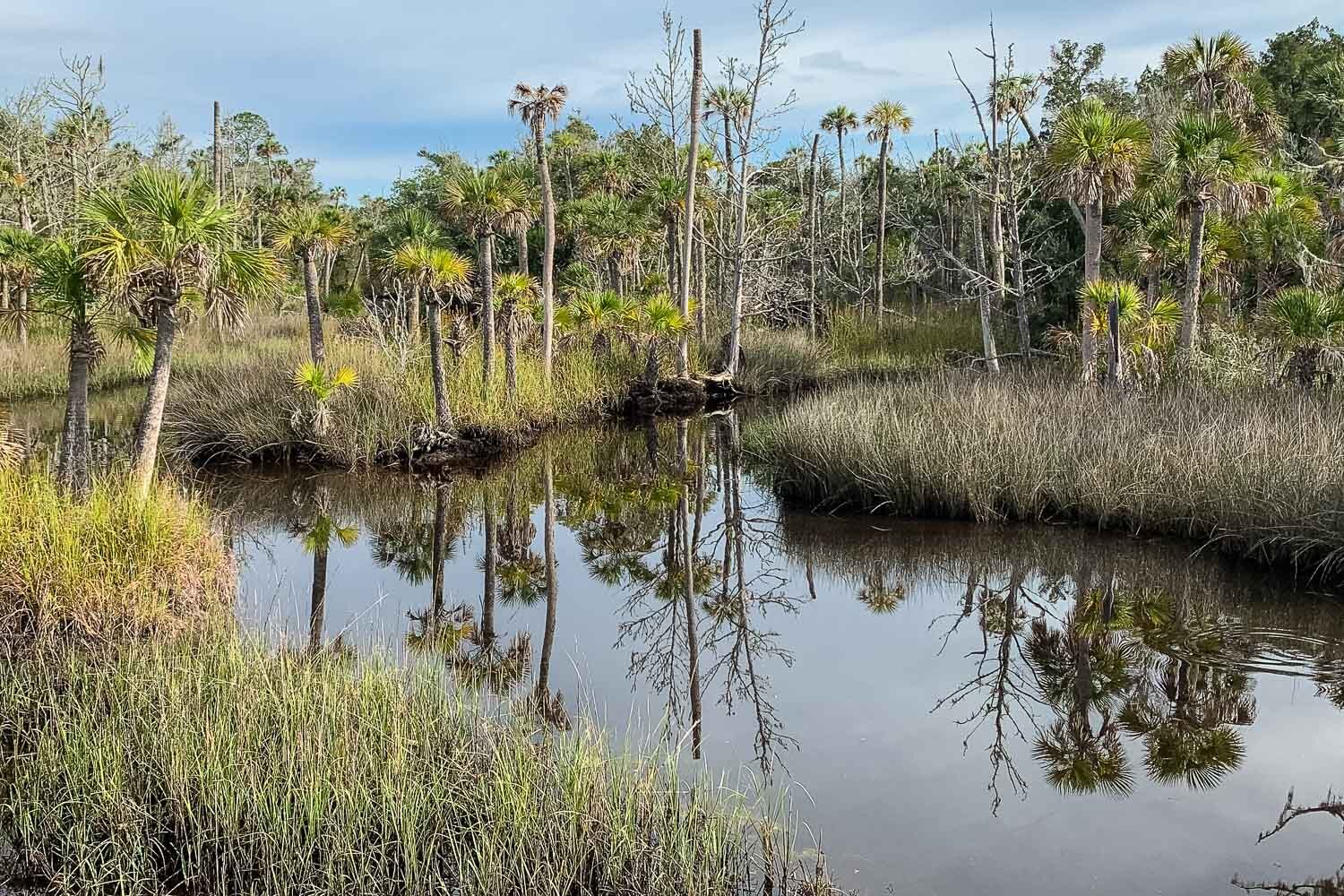

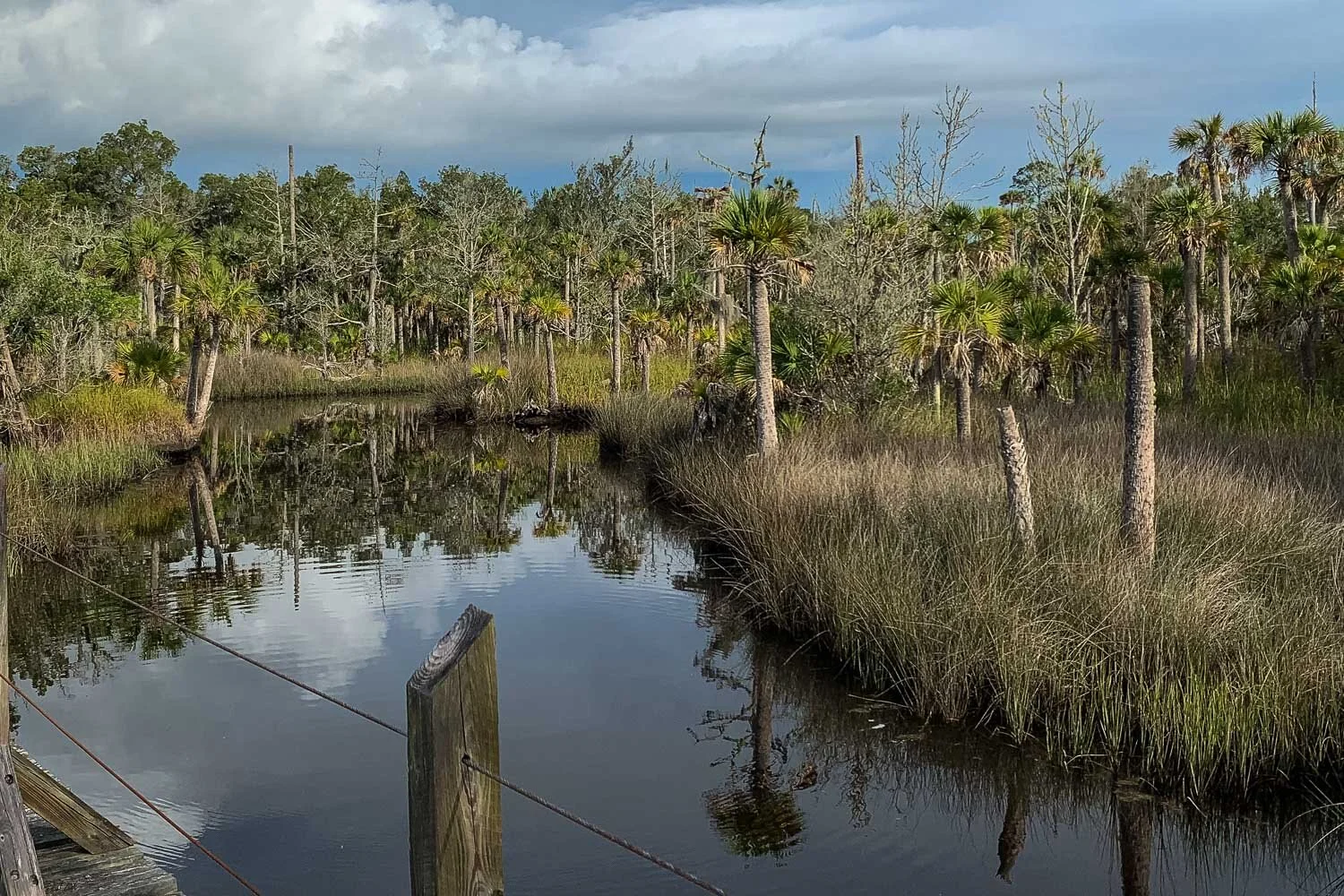
If you make it all the way to the Pinhook River you’ll find the bridge which relatively new; the original was built over 100 years ago. Cross the bridge which is restricted to foot and bicycle traffic. Then continue another roughly 1.5 miles to come to an opening that was once a hub of the LOP&G (Live Oak, Perry and Gulf) railroad which was mainly focused on moving lumber.
History of Tram Road
by Gail Fishman
When English explorers sailed along Florida’s Atlantic coast, their first thought was about raising fine cattle. Years later, their sights were set on massive, tall, straight pines; gigantic live oaks with curving limbs perfect for the ribs of ships; and the endless cypress swamps.
Swamps is the key word, for getting trees out of the swamp was difficult. Until technology developed the means for large-scale tree removal, the giant cypress continued to grow. Such behemoths will never be seen again. By the early 1900s, a mechanized skidder pulled the logs from the swamp to the tram road.
There were several steps involved in removing the enormous cypress trees, employing up to 200 people. Imagine performing the dangerous work accompanied by the shouts of the various crews, crashing trees, mosquitos, gators and snakes, heat, and rain.
First men cleared a path for a roadbed as straight as possible. Trees could be taken within 800 feet on either side of the rail line. A deep ring was incised with an axe around the trunk to kill the tree and dry out. A good portion of its weight was lost in this process. While the trees were being girdled, other crews laid the rails, and built bridges over waterways. Another crew cut trails for dragging the timber to the road. The cutting crew felled the trees and trimmed away the top branches.
After the big trees were mostly gone the wood was attacked by a natural fungus which left small hollowed out trails behind. The wood was initially thought worthless, but with the fine grained cypress becoming more rare, this wood was marketed as Pecky Cypress and was in fact more valuable. This also happened after the virgin longleaf were nearly destroyed. The lumber had knots so marketers called it knotty pine and this lumber increased in value.


